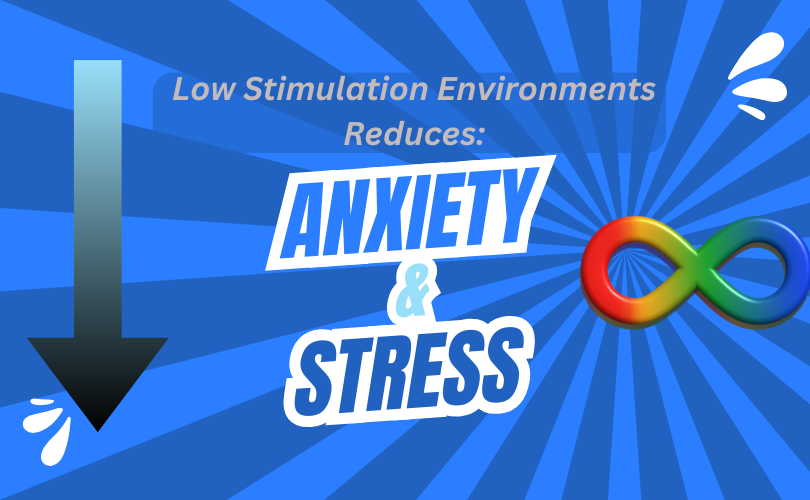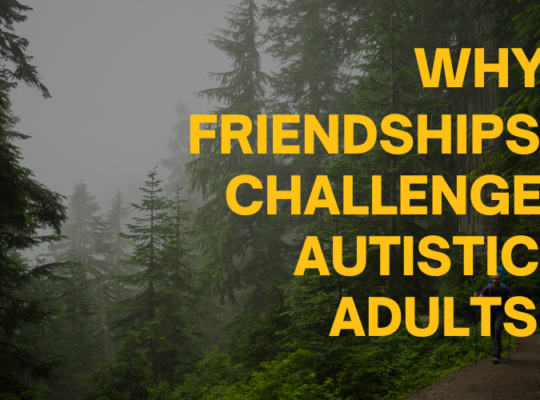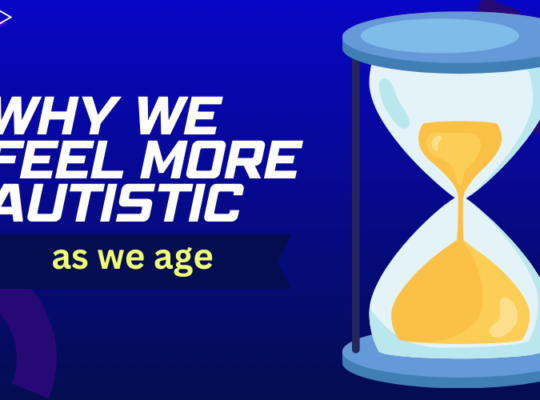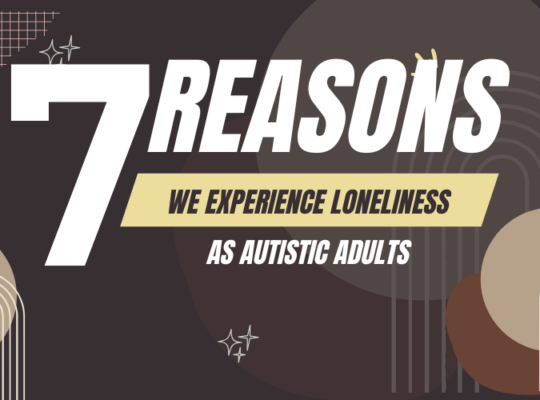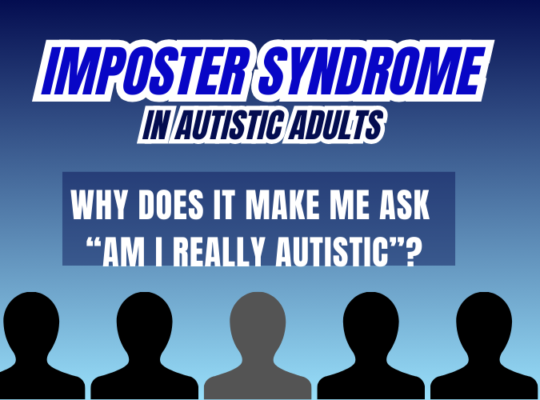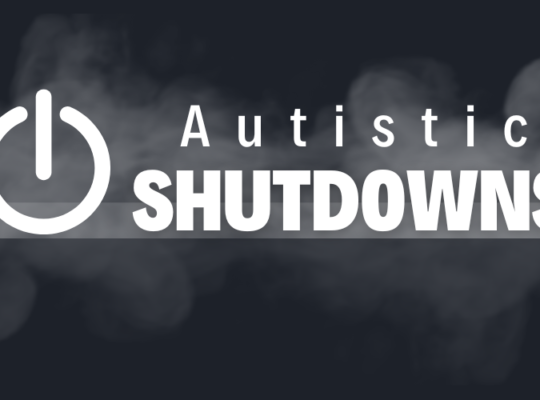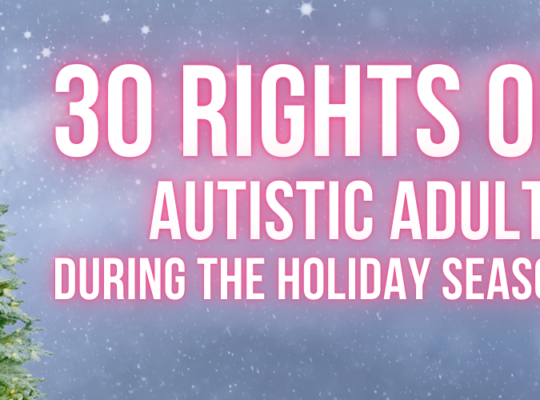A low stimulation environment reduces anxiety, stress, and difficulty concentrating by significantly reducing sensory overload.
Low stimulation environments allow Autistic adults to feel calmer, more in control, and better able to engage with their surroundings by providing a safe space to retreat to when needed.
Low stimulation environments can:
Reduce Sensory Triggers
Low stimulation environments minimize distractions like loud noises, strong smells, cluttered spaces, and busy crowds, which can be particularly overwhelming for Autistic adults.
Improve Focus and Concentration
Low stimulation environments lower sensory input, which helps Autistic adults better focus on tasks and activities without the distraction of their surroundings.
Reduce Anxiety
Sensory overload is a common trigger that results in anxiety in Autistic adults. Therefore, a calm and predictable low stimulation environment can help alleviate this stress.
Enhance Communication
A low stimulation environment can help an Autistic adult be more able to engage in social interactions and communication by providing a place where they feel less overwhelmed.
Not every conversation can occur in an Autistic adult’s low stimulation environment, however using a low stimulation environment before and/or after engaging in conversation may improve engagement in communication and interacting with others.
The idea low stimulation environment should include the following:
- Quiet spaces: Designated areas with minimal noise and distractions
- Soft lighting: Dim or diffused lighting to avoid harsh glare
- Muted color schemes: Using calming colors and avoiding busy patterns
- Minimal clutter: Keeping spaces organized and uncluttered
- Pleasant scents or scent-free zones: Avoiding strong or overpowering smells
- Predictable routines: Consistent schedules and activities to reduce uncertainty

